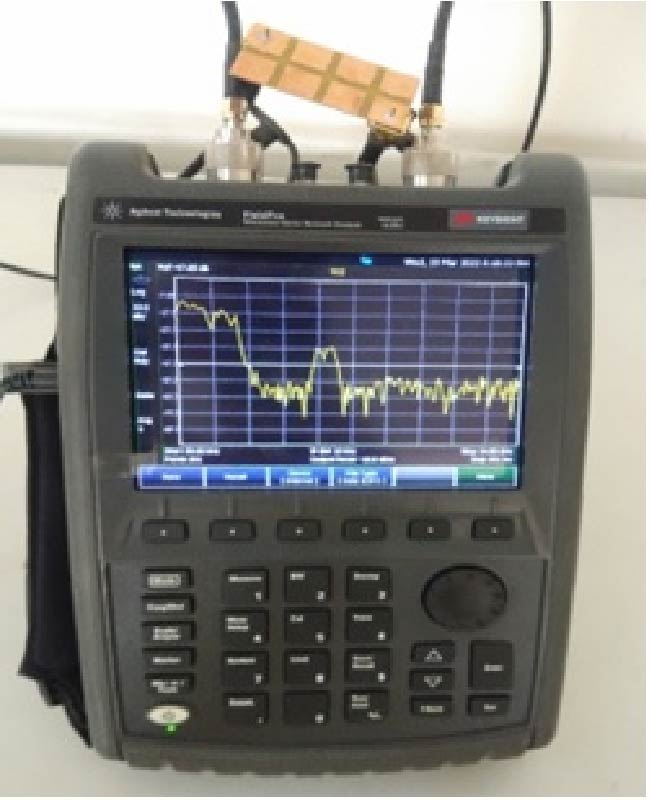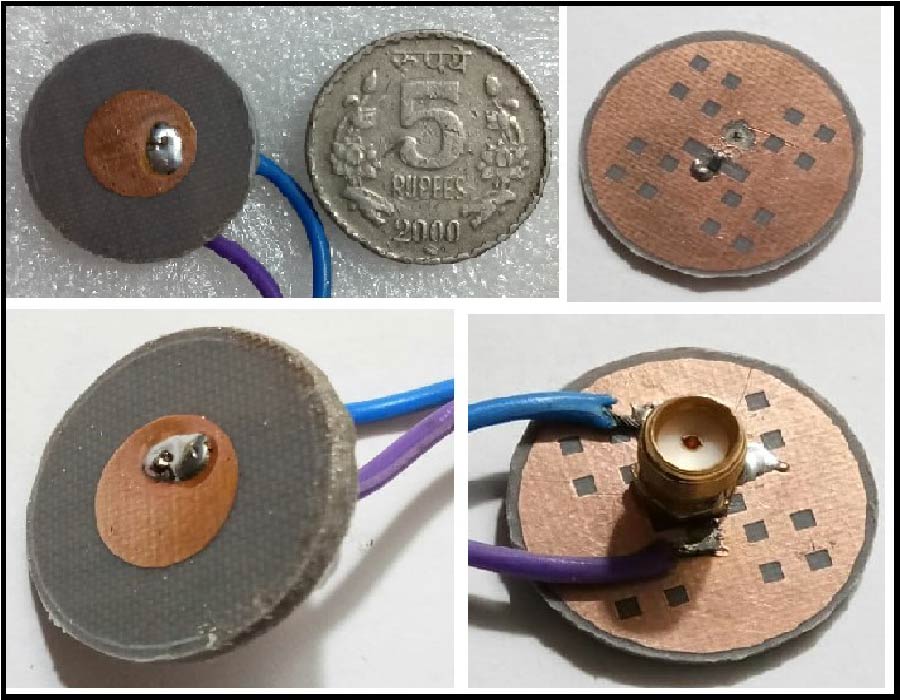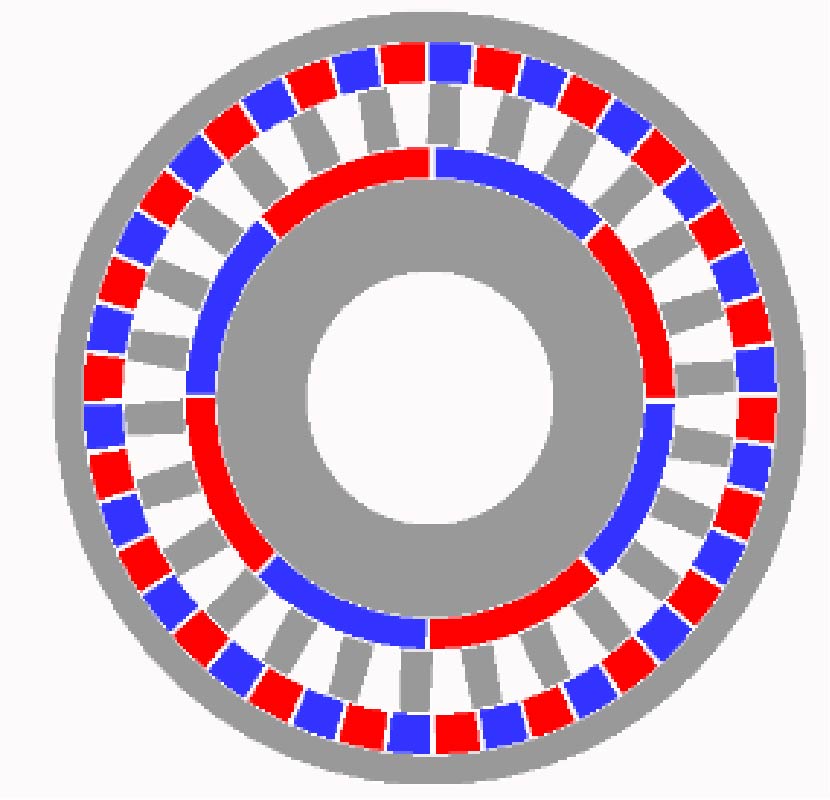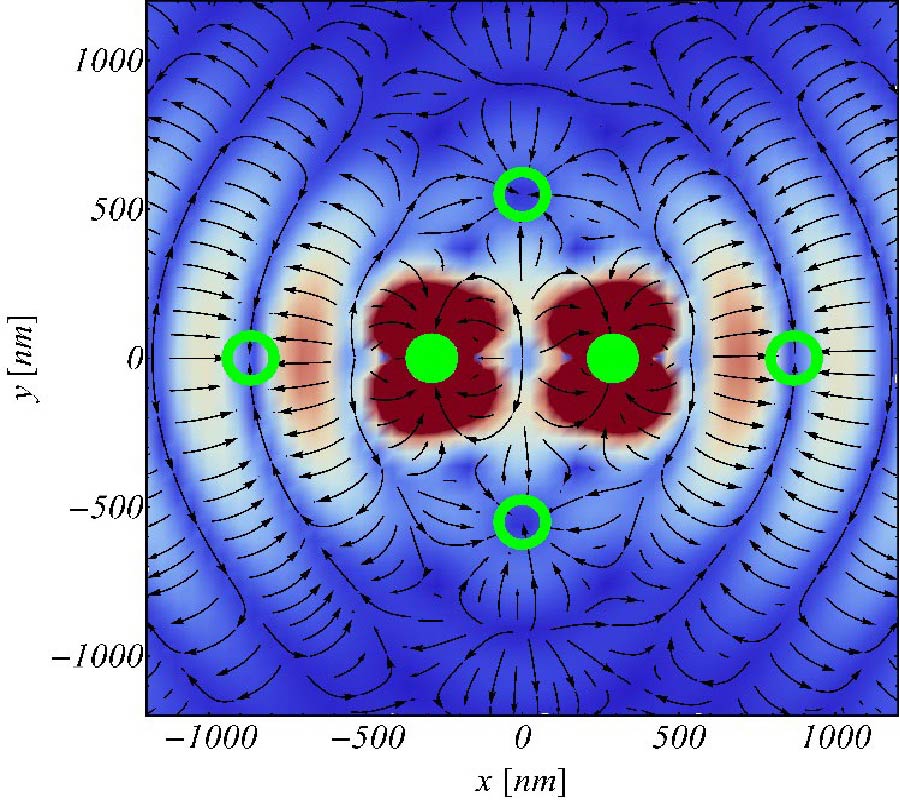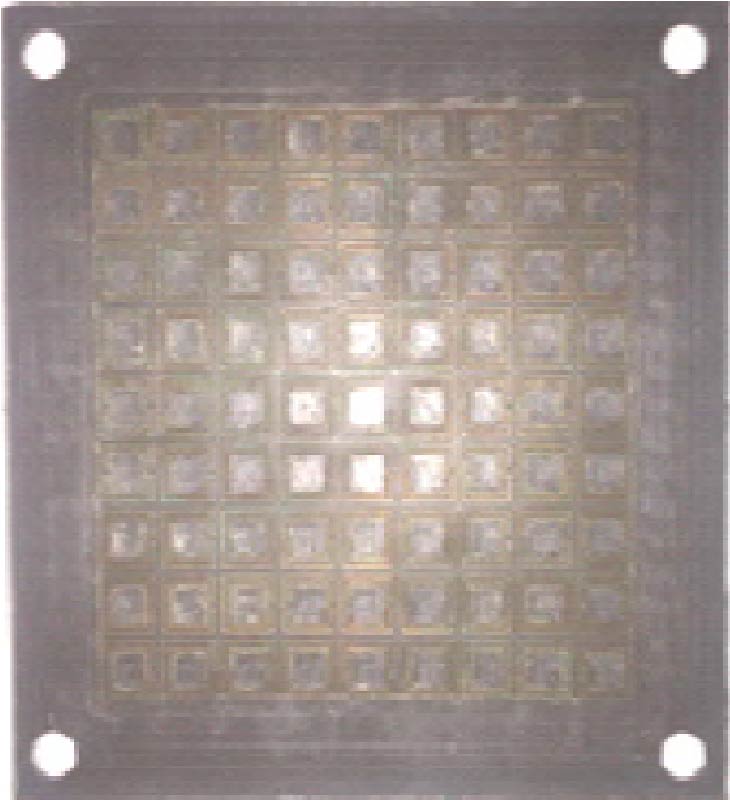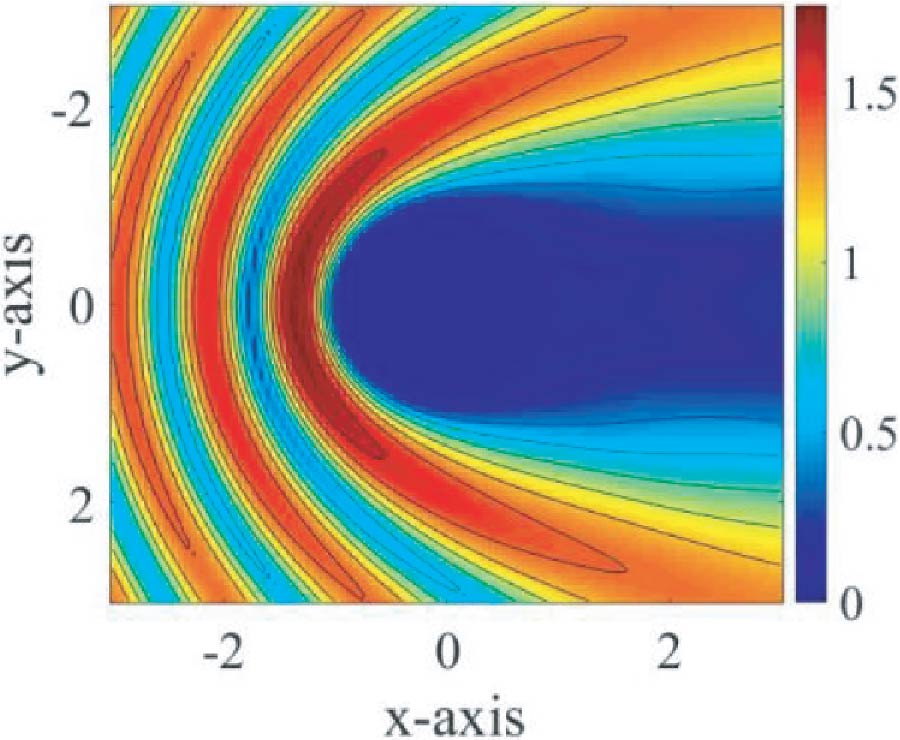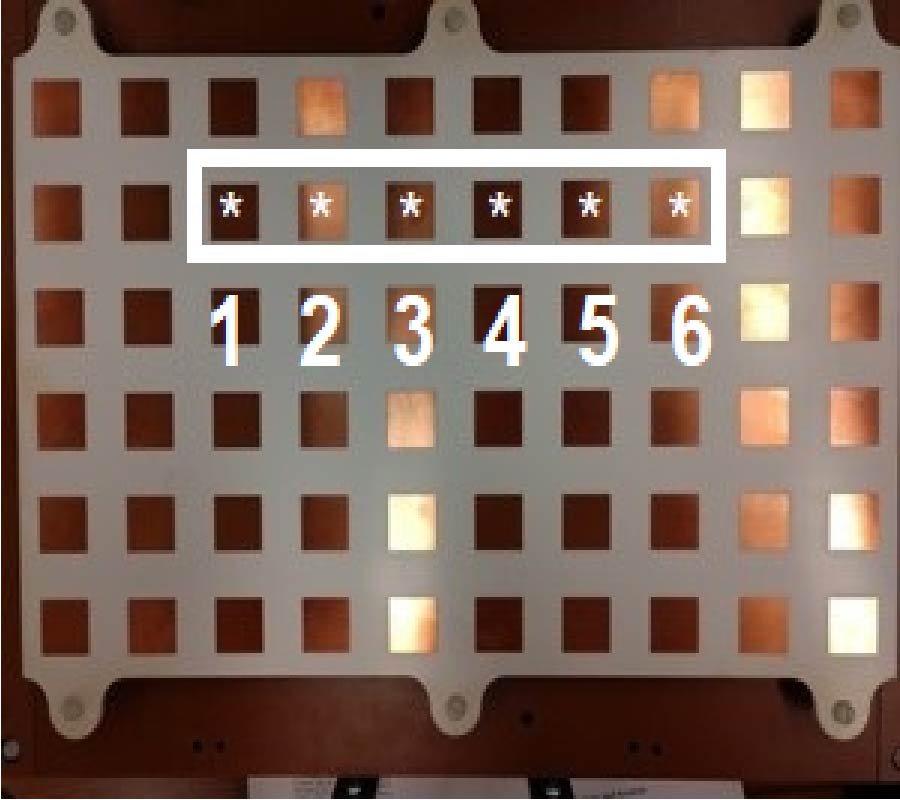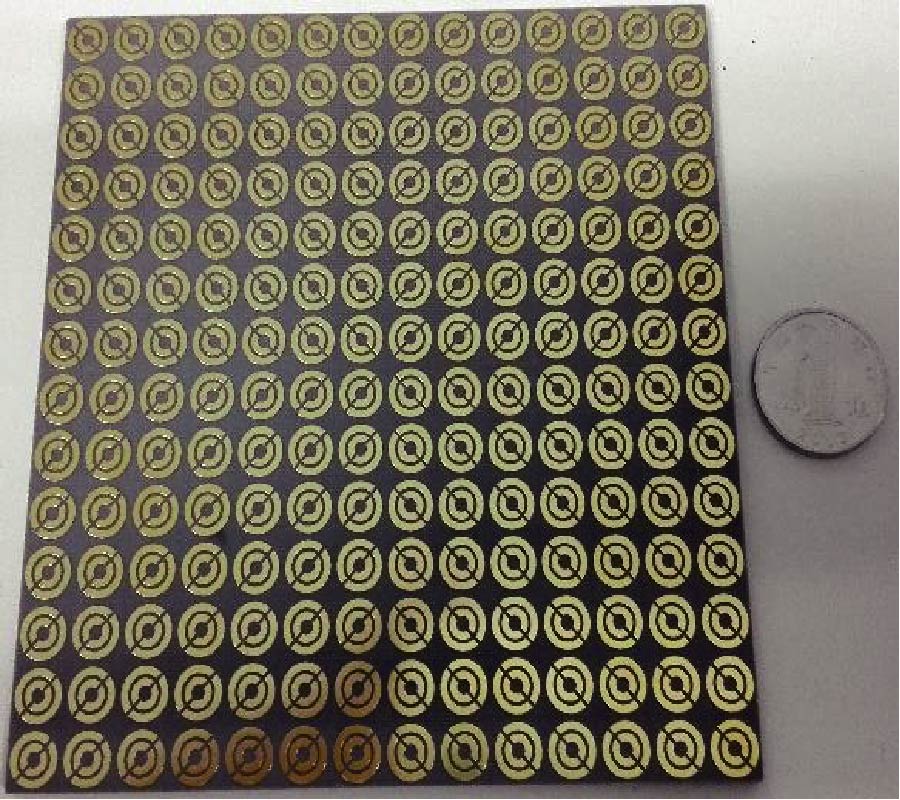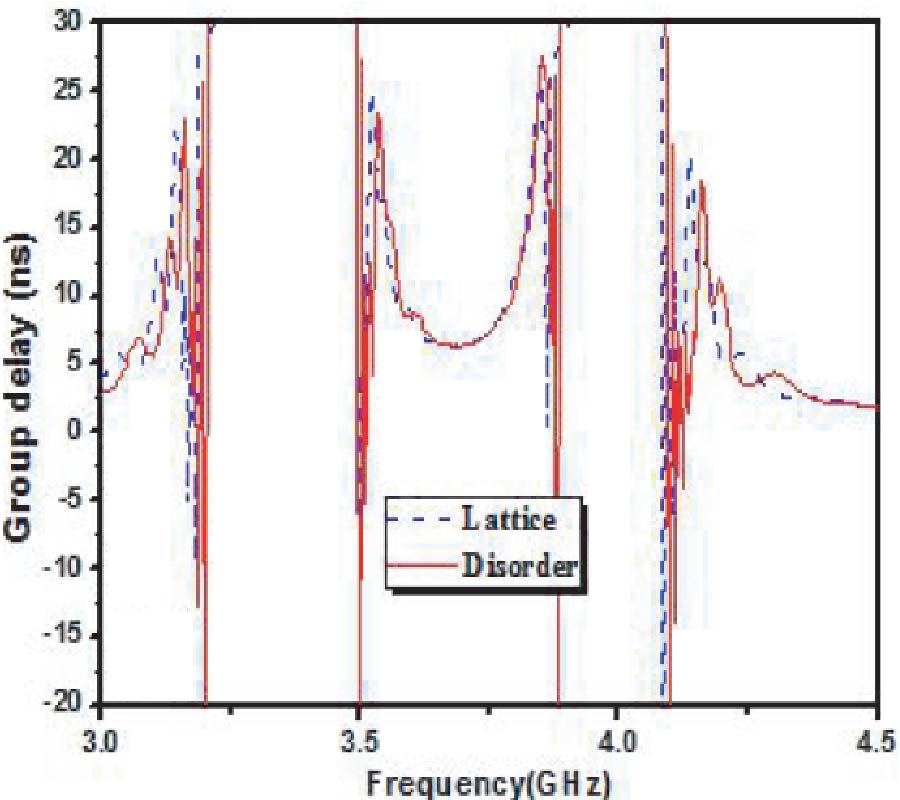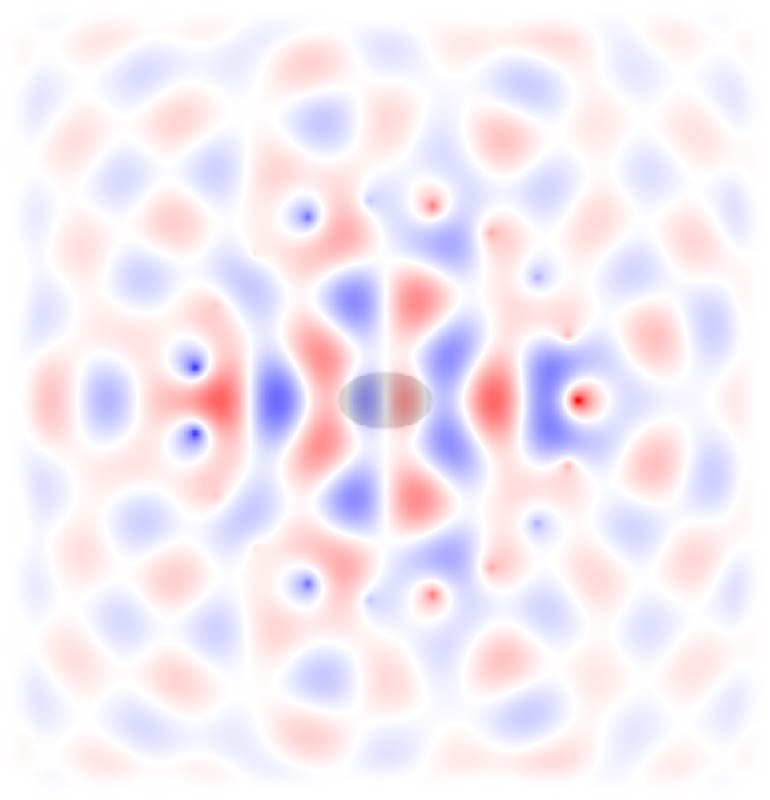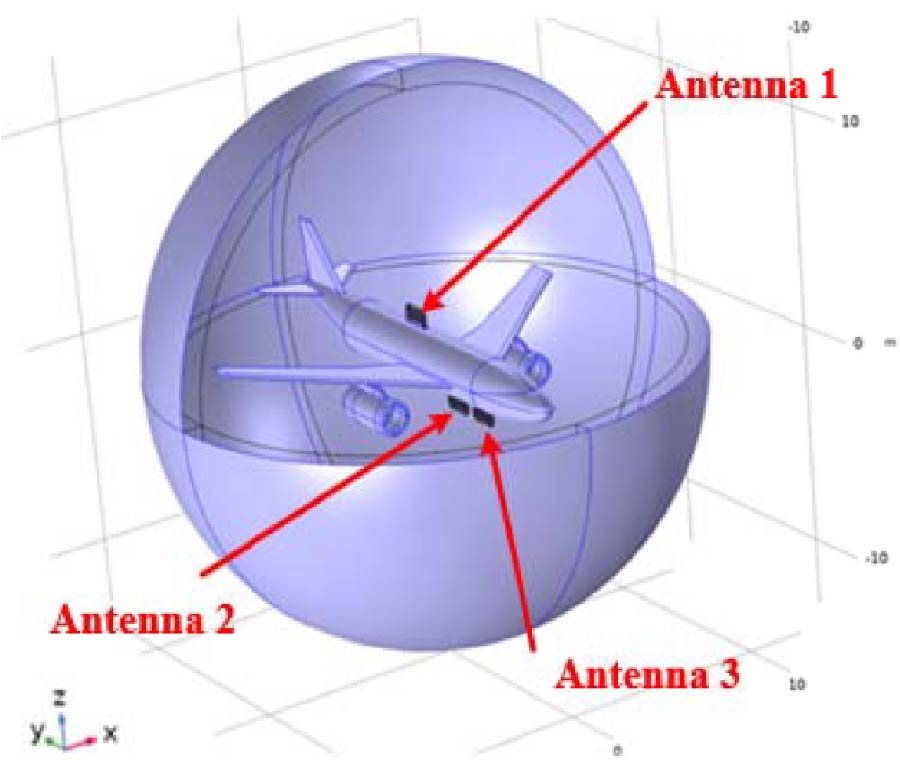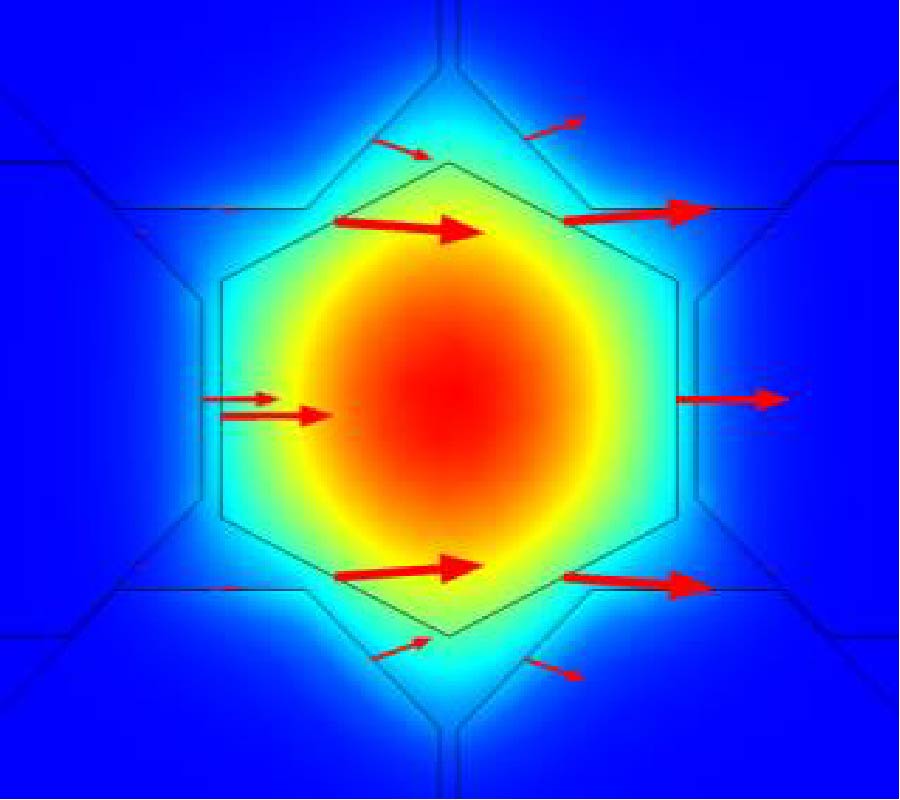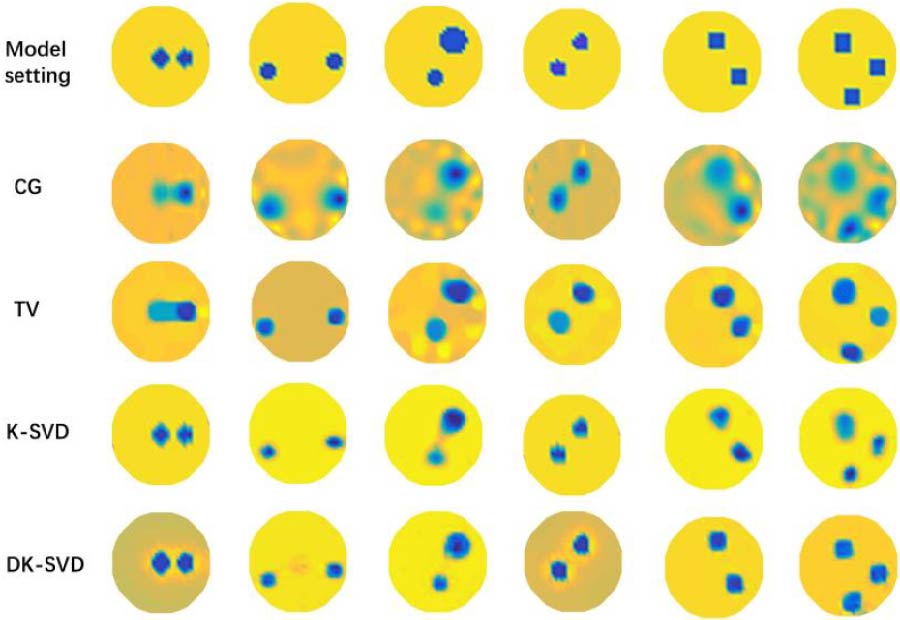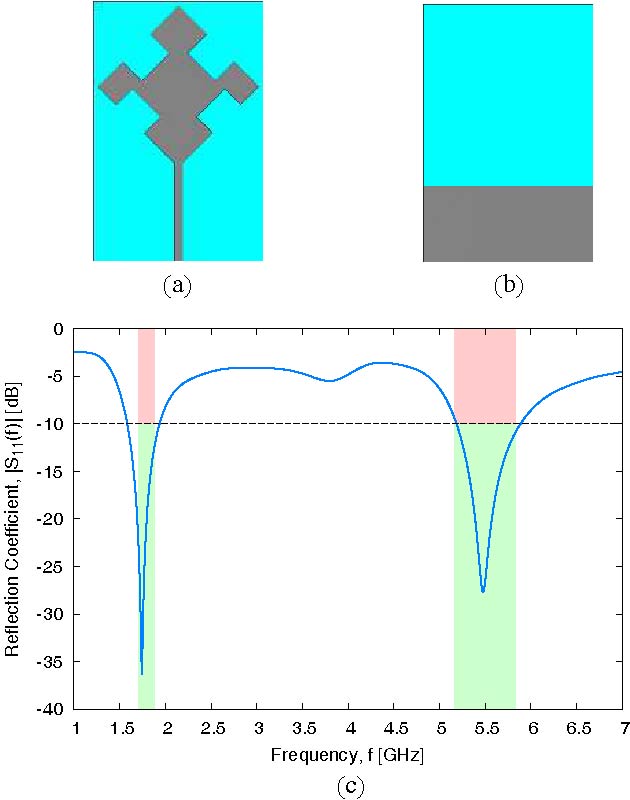High-Performance Microstructure Core Photonic Crystal Fibre-Based Biosensor for Alcohol Detection
Ang Chuan Shi
,
Abdul Mu’iz Maidi
,
Nianyu Zou
and
Feroza Begum
A high-performance photonic crystal fibre-based alcohol biosensor is introduced for the selective test analytes: propanol, butanol, and pentanol operating at wavelengths ranging from 0.8 to 2.0 µm. The performance of the proposed sensor with the architecture of octagonal-shaped cladding air holes in two rings surrounding a single infiltrated hexagonal core hole produces high relative sensitivities, low confinement losses, small effective areas, and high nonlinear coefficients. At the optimal 1.4 µm wavelength, propanol, butanol, and pentanol assessed relative sensitivities of 93.10%, 93.95%, and 94.70%, respectively, and confinement losses of 6.38 × 10-10 dB/m for propanol, 2.12 × 10-10 dB/m for butanol and 1.04 × 10-10 dB/m for pentanol. Moreover, the nonlinear coefficients achieved results of 2446 W-1km-1 for propanol, 2703 W-1km-1 for butanol, and 2869 W-1km-1 for pentanol, at the optimum wavelength. These outstanding results of optical properties prove the potential and capabilities for practical sensing and optical communication applications.
